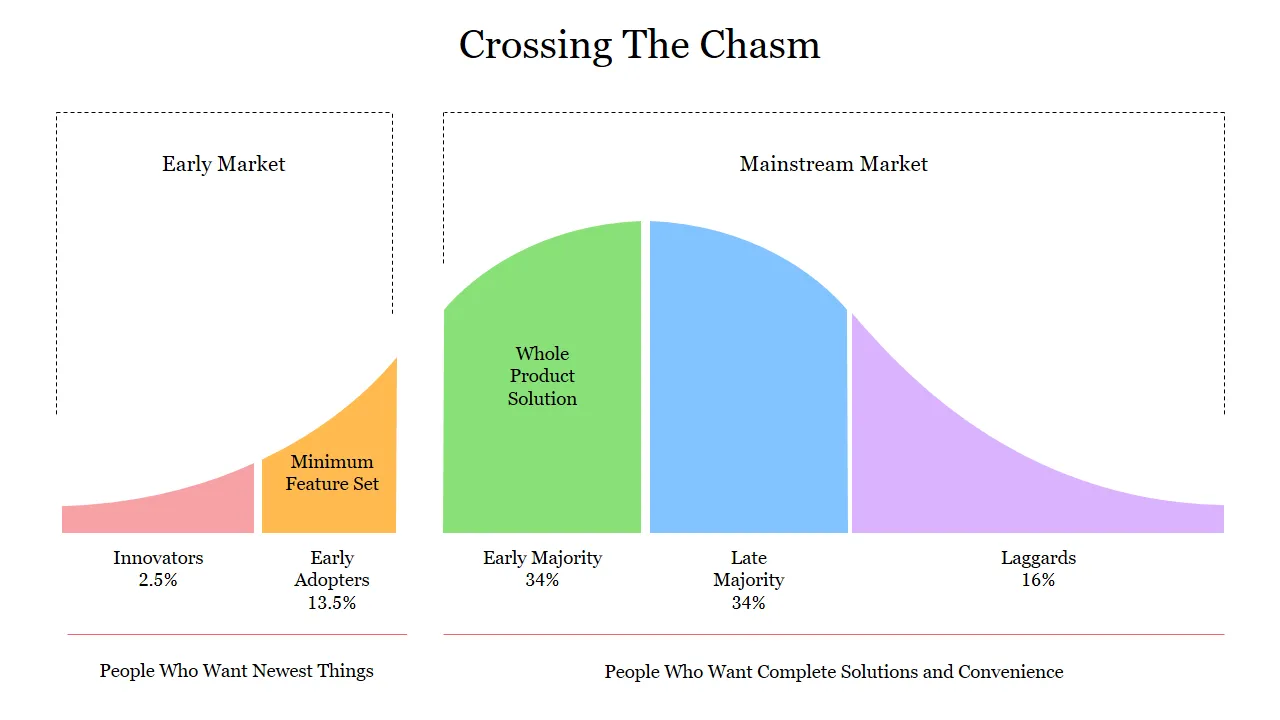Issue No. 22
Don't Wait to Charge: Overcoming Early-stage Reluctance
Not charging when you first launch can be tempting, but it's a path you shouldn't follow.
Reading Time: 4 min

Source: DALLE, told to extract key phrases from this newsletter, create a prompt and using the style illustrative, colorful, futuristic create an image.
This week's main topic is "You should charge on day one."
What you'll read this week
- Why the temptation not to charge is dangerous
- Why it's essential to charge on day one
- Tactics you can use to launch with a price tag
Enjoy!
Don't give into the temptation not to charge on day one
Many first-time founders find it difficult to charge on the first day of launching.
They tell themselves they want more feedback, it's too feature incomplete, they want to test the waters, or they just want someone to use what they created.
I get the temptation.
And if your goal is open-source software, then go for it.
But if your goal is to make money as a side hustle, to go full-time, or to build a business empire, then not charging on day one is a huge mistake.
Within the lies we accidentally tell ourselves are the reasons why charging is so important.
You need feedback.
But not just any feedback. You need input from people who will pay you.
And that's the crux of the choice on whether to charge.
Feedback from those unwilling to pay isn't really from those who matter. If they're unwilling to pay, they either don't have the problem you're solving or don't value it as a large enough problem to pay for.
And that's valuable feedback you're missing out on.
As much as you need feedback on your product, its features, and how it works. You also need feedback on:
- If people will pay for the problem you're solving
- If you're targeting the right person to buy
- If your website messaging is compelling enough to get them to pull out their credit card
- If you're pricing is in line with what the market will do
You can't get there without charging money.
Given all this, there's one last thing that stops many from charging on the first day: fear**.**
Fear no one will buy, fear of rejection, fear of failure.
This is all normal, but startups are not for the faint of heart. And you're accidentally focusing on the wrong thing.
This is why you should be marketing from day one: to have an audience interested in what you're building; they're the most risk-tolerant and willing to give it a try.
They're the ones to focus on! You're early fans.
Remember, you're not selling to your entire market on day one. Most of them don't have a clue that you exist.
Instead, you're selling to the Innovators and the Early Adopters, the ones who either love to experiment with new products or are visionaries who see the potential and are willing to take the risk.

Geoffrey Moore points out an important concept to grasp in the book Crossing the Chasm. The early market, the ones likely to first try your software, have a different tolerance to risk and often don't require a complete solution.
So how do you sell to them?
How do you make it easier on yourself?
Here are some tips and tactics to start charging on day one.
Don't build in the shadows, record demos
Want feedback without charging? Then, share your progress. Show people your features in recorded videos. Try out software like Loom or even Quicktime on a Mac to record short videos. It's easy and will help you to start figuring out how to do demos.
And, like I said, you need to build awareness of your existence to get those few early fans. It doesn't happen in a vacuum. Thankfully, the bar is pretty low to get them.
It's as simple as talking about what you're doing on X (Twitter), Reddit, Instagram, Facebook, or other communities where they hang out. Show a video titled "I'm building X to solve Y."
For Interweave, it's "I'm building Interweave to solve customer feedback management."
The other great thing is that you can use these videos and demos to test what type of messaging engages.
For AskJack, we're testing "I'm building AskJack to solve knowledge transfer for HR" and "I'm building AskJack to solve onboarding pains for HR."
Do a free trial w/ credit card entry
Setting up a free trial is a great way to let people in the door risk-free.
By entering a credit card, you get someone to say, "If this pans out, I'll pay." That's a big step.
It builds trust when you say you'll email someone ahead of time that their trial will expire soon. Not letting people know how much time is left on their trial is a dark pattern and will waste goodwill, so don't fall down that path.
Use design partners
I like to find design partners to build with. These are people who have a high tolerance for incomplete solutions and risk.
For them, the pain is big enough, and the reward is big enough that they're willing to deal with the bumps in the road that will arise.
Why would someone be willing to do this?
Usually, they strongly resonate with the problem you're solving. This means they will likely be vocal champions once it's good enough. Maybe even before.
The other reason is that as a design partner, they get to help shape the software to meet their needs. If you do this with a few people who match your ideal customer profile, you won't get a solution that only fits one.
A great tactic I've seen used and have heard others, like Rob Walling, champion is to let them use the software for free until they receive value. Again, get the credit card upfront, but set their price to $0, and in your regular sessions with them, seek to find out if they're getting value.
Start at a lower price and use a rolling price increase
This is a fun tactic because it can drive FOMO and build awareness. The idea is to set your target price, say $99/mo. However, the introductory price may be only $29 for the first ten customers, and it goes up for each batch of customers.
Introductory price
Or keep it really simple and say that for the first X-days, the price is Y% off. For example, if you're targeting $39/mo for the first 60 days after launch, the price is 60% off, giving you a $15.60 introductory price for the first year.
Join the ProductFoundry Newsletter
Signup for insights into making great SaaS products and companies.